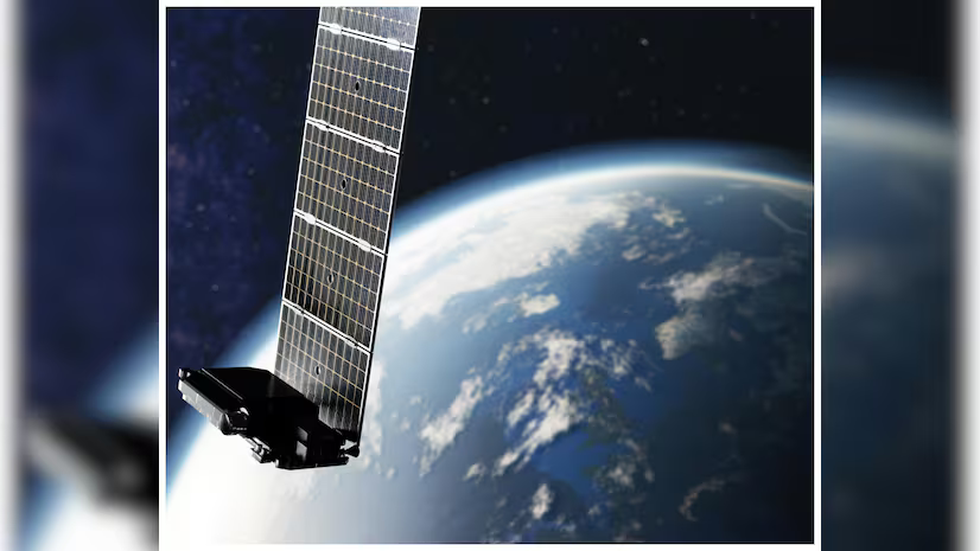About Space Docking Experiment (SPADEX):
- It is one of ISRO's most significant steps towards developing autonomous docking technology.
- The mission involves two vehicles—‘Chaser’ and the ‘Target’—coming together and connecting in space.
- Docking systems allow two spacecraft to connect in orbit, enabling critical operations like assembling space stations, refueling, or transferring astronauts and cargo.
- It will also test how well the combined spacecraft maintains stability and control after docking, ensuring smooth operations for future missions.
- India’s SPADEX experiment is unique because it focuses on developing indigenous, scalable, and cost-effective docking technology.
- This experiment involves two spacecraft docking autonomously in orbit, demonstrating precision, navigation, and control capabilities critical for future missions.
- SPADEX is designed to serve a wide range of spacecraft sizes and mission objectives, including potential collaborations for building space stations or deep space exploration,”
- The history of docking systems dates back to the Cold War when the Soviet Union achieved the first successful docking in space.
- On October 30, 1967, the Soviets completed the historic docking of Kosmos 186 and *Kosmos 188—the first fully automated docking between two unmanned spacecraft.
- This paved the way for later space exploration efforts, including long-term stays aboard space stations.
- Significance: It is key to achieving India's long-term space exploration goals, including manned spaceflight, satellite maintenance, and future space station construction.
